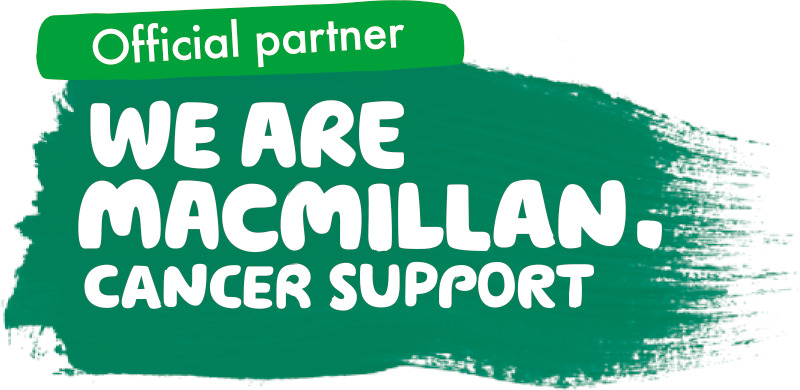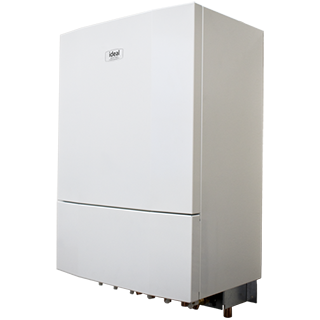When we set out to develop a Heat Interface Unit (HIU) that would support the roll out of energy efficient heat networks in the UK, we weren’t starting completely from scratch.
We’ve been designing and building innovative heating solutions from our site in Hull for more than a century, and our Research & Development team has years of knowledge and experience they could apply to the project.
Their brief was to create an HIU that meets the needs of all domestic and commercial heating stakeholders in terms of performance, reliability, and useability.
Looking at other HIUs on the market, we saw a lot of appliances that didn’t seem to take the needs of end users, installers, or maintenance engineers into account.
Under the cover, you were faced with a confusing spaghetti junction of pipes and valves.
Efficient, adaptable, easy to understand
With our longstanding reputation for producing high-quality, efficient domestic appliances, we wanted to give end users the same experience from our HIU as they would get from any of our domestic products.
That’s why, when you open the front of the POD, you’ll find it’s not entirely unfamiliar.
Engineers will recognise quite a lot of the components from our domestic range, while end users will find the controls familiar and easy to understand.
Turning to performance, POD has been optimised for use in UK heat networks, which typically operate on lower primary temperatures than in Europe.
There, heat networks may operate at up to 90C, whereas the drive in the UK is to have a maximum primary temperature of 70C and as low as 55C.
This means a wider range of heat sources can be used, from heat pumps to energy from waste, recovered geothermal energy and renewable energy, and networks are not tied to more traditional energy vectors, like gas boilers.
Informed by end-users
The units meet all BESA standards and the CIBSE code of practice, but we also sought insights from end users through an extensive programme of field trials.
During that process, operational feedback from installers and contractors inspired us to develop the separate first fix kit.
To enable phased construction programmes, the first fix kit that can be delivered and installed ahead of the POD unit, which allows all services to be piped up, flooded, flushed, and tested in advance.
It means installers can make sure all dirt and debris have been removed from the distribution network, optimising system performance and maximising productivity on site.
POD is designed for a quick and easy install and once in position is fully serviceable from the front.
Open the drop-down front panel and end users will find a straightforward user interface. The units can also be controlled using Ideal Heating’s OpenTherm programmable room thermostat.
In short, POD is designed to unleash the potential of heat networks to reduce carbon emissions and cut heating bills.
And it’s a massive opportunity to contribute to the UK’s decarbonisation of heating on the UKs pathway to Net Zero by 2050.
While the number of properties served by heat networks is currently around 500,000, this is forecast to grow to more than five million by 2050.


